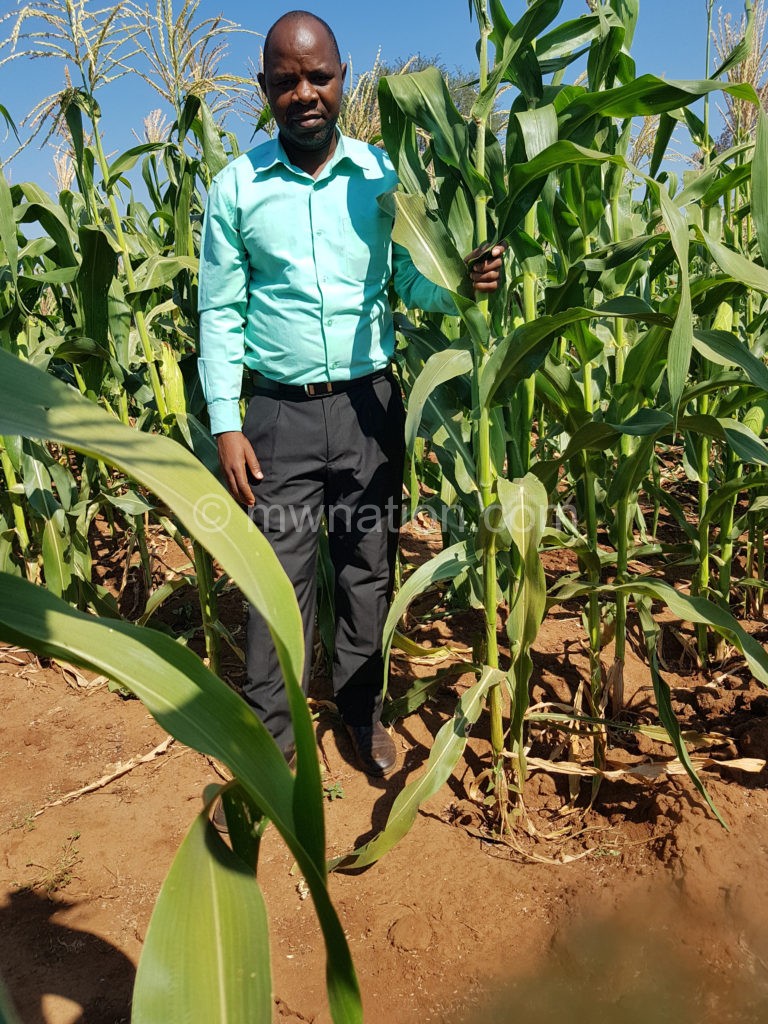New maize disease threatens Malawi
At a time the country is reeling from effects of a fall armyworm outbreak, the maize crop faces yet another serious threat from a viral disease called maize lethal necrosis.
A local scientist has since described the disease as dangerous as it can destroy an entire maize field and that infected plants are frequently barren and ears formed may be small or deformed.
The disease, which originated from Peru in 1973 and can also attack sorghum, millet and other cereals, has already hit neighbouring Tanzania, after it came to Africa via Kenya in 2011. It is also present in the Democratic Republic of the Congo, Uganda, Rwanda and Ethiopia.

Since it has no cure, experts have warned of potential damaging consequences to the socio-economic development should the outbreak infiltrate the country through the borders.
However, the Ministry of Agriculture, Irrigation and Water Development has urged farmers not to panic, insisting everything is under control.
Describing the disease, Salima-based entomologist Doctor Gondwe said: “Infection rates and damage can be very high, seriously affecting yields and sometimes causing complete loss of the crop. Infected plants are frequently barren; ears formed may be small or deformed and set little or no seed.”
Gondwe, who is the principal investigator on the disease for Malawi, Zambia and Mozambique with the Agricultural Productivity Programme for Southern Africa, explained:
“In simple terms, the maize plant starts yellowing before the upper leaves and the entire plant eventually dries up regardless of moisture in the ground.”
But in an interview on Thursday, Ministry of Agriculture, Irrigation and Water Development spokesperson Osborne Tsoka said: “The ministry is aware of the disease but it has not yet hit the country. Therefore people don’t have to panic.
“As we are speaking, we are on alert mode, and we are working with the relevant regional partners on this development. .”
Www.gric-research@sdnp.org.mw indicates that the disease can be prevented through proper seed management, avoiding exchange of seed policy locally and encouraging farmers to plant certified seeds.
Malawi has had two successive poor growing seasons compounded by climate change and fall armyworms that destroyed on a combined 382 000 hectares countrywide.





